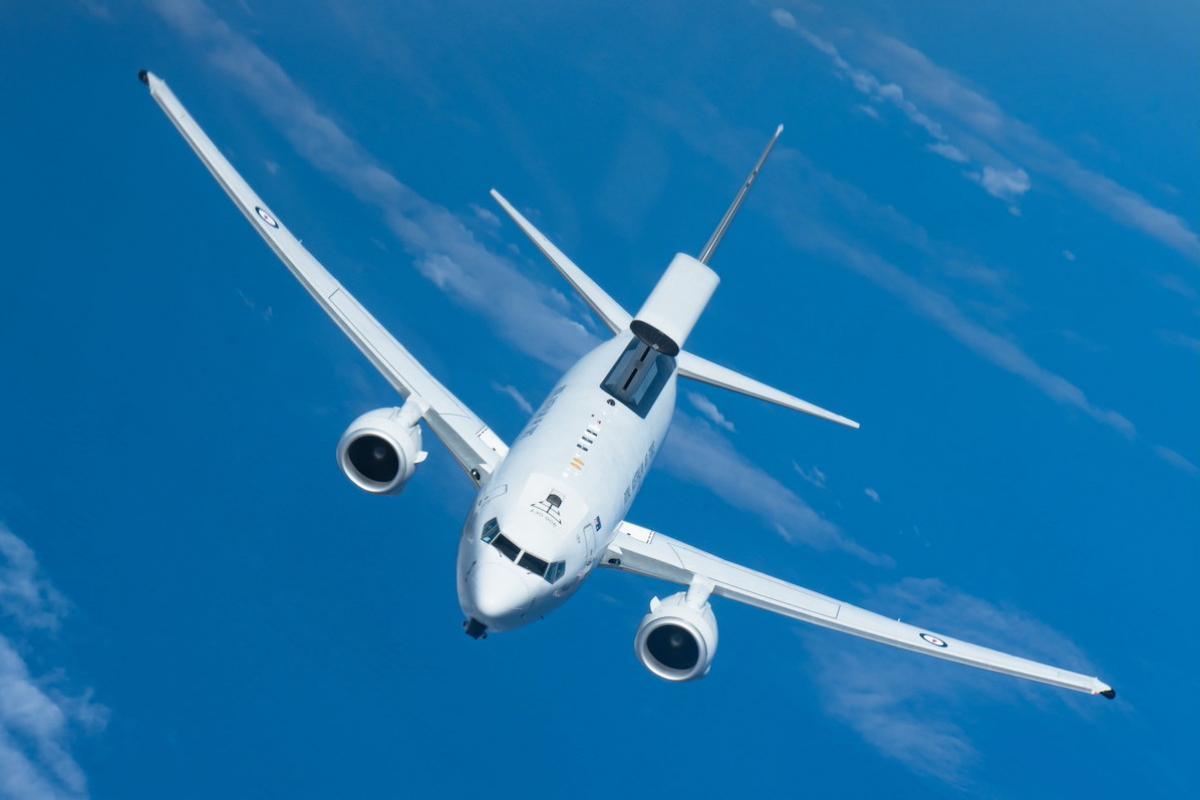
SINGAPORE—A U.S. Air Force order for Boeing E-7s could stimulate new sales overseas if the airborne early warning and control system enters the Foreign Military Sales (FMS) pipeline for the first time, a Boeing executive said Feb. 15.
The Air Force has not committed or budgeted yet to buy E-7s to replace aging Boeing E-3s, but has been laying the groundwork for an order. A request for information released by the service earlier this month seeks industry input on buying at least two of the aircraft.
“I think it would be extremely beneficial. What I would see is the demand for that product continue to go up significantly internationally through the FMS process,” says Maria Lane, Boeing’s vice president for international business development.
Boeing launched the program in 1999 in response to the Wedgetail program tender by the Royal Australian Air Force. South Korea, Turkey and the UK also have ordered versions of the E-7. Despite its foreign origins, the lack of a U.S. customer for the type has kept the E-7 out of the FMS system.
The E-7 is a commercial derivative of Boeing’s popular single-aisle narrowbody. But Lane sidestepped a question about the longevity of the 737NG production line, saying its status was “TBD [to be determined]” based on commercial demand.
“We have a number of customers that are interested in those product lines,” Lane says.
Other details about the E-7’s specific aircraft type also are unclear. Boeing stopped producing the 737-700 years ago. A military version of the longer 737-800 remains in limited production for the P-8A program. But Boeing officials still offer no clear answer on whether the 737-700 could re-enter production or how the E-7 can be affordably converted to a larger airframe.
“I would say all of that is really pre-decisional,” says Randy Rotte, Boeing’s senior director for sales in India, Asia and the Pacific.






Comments